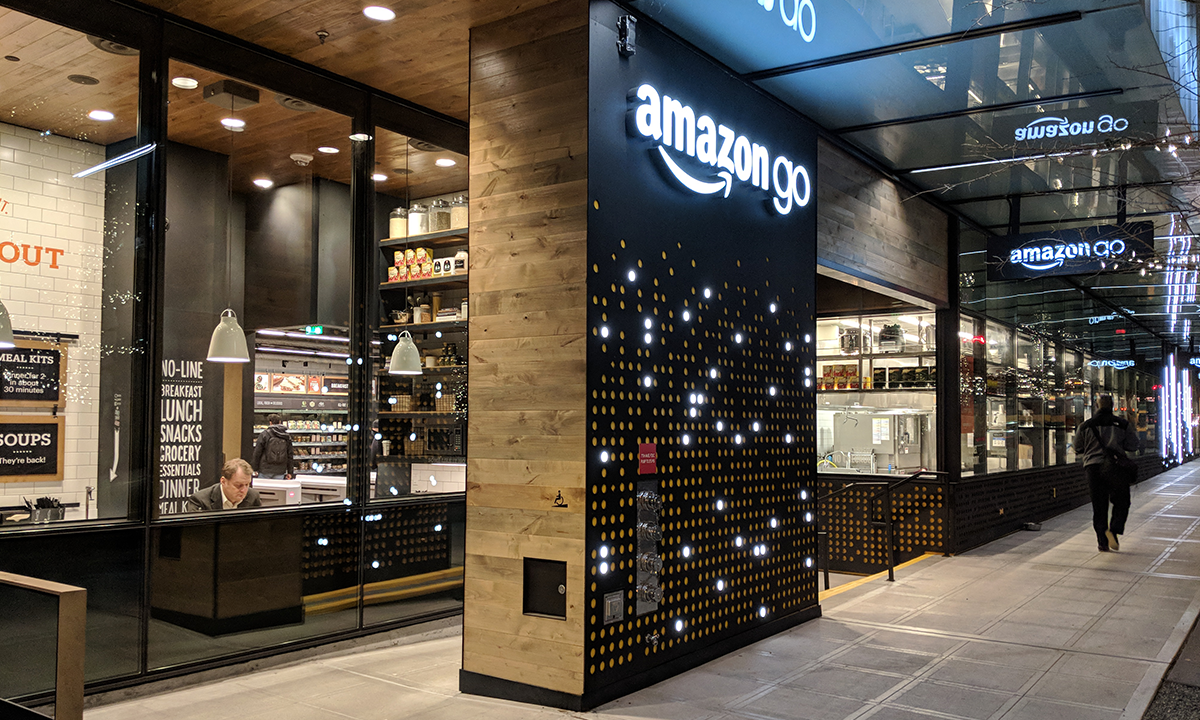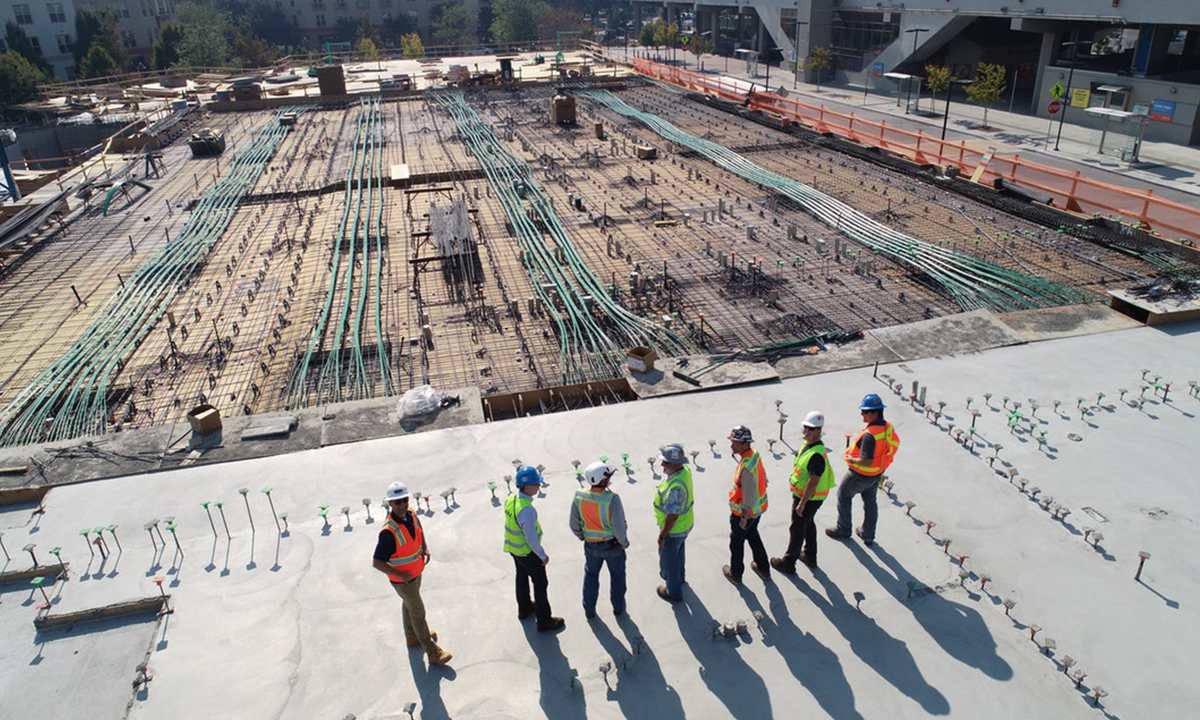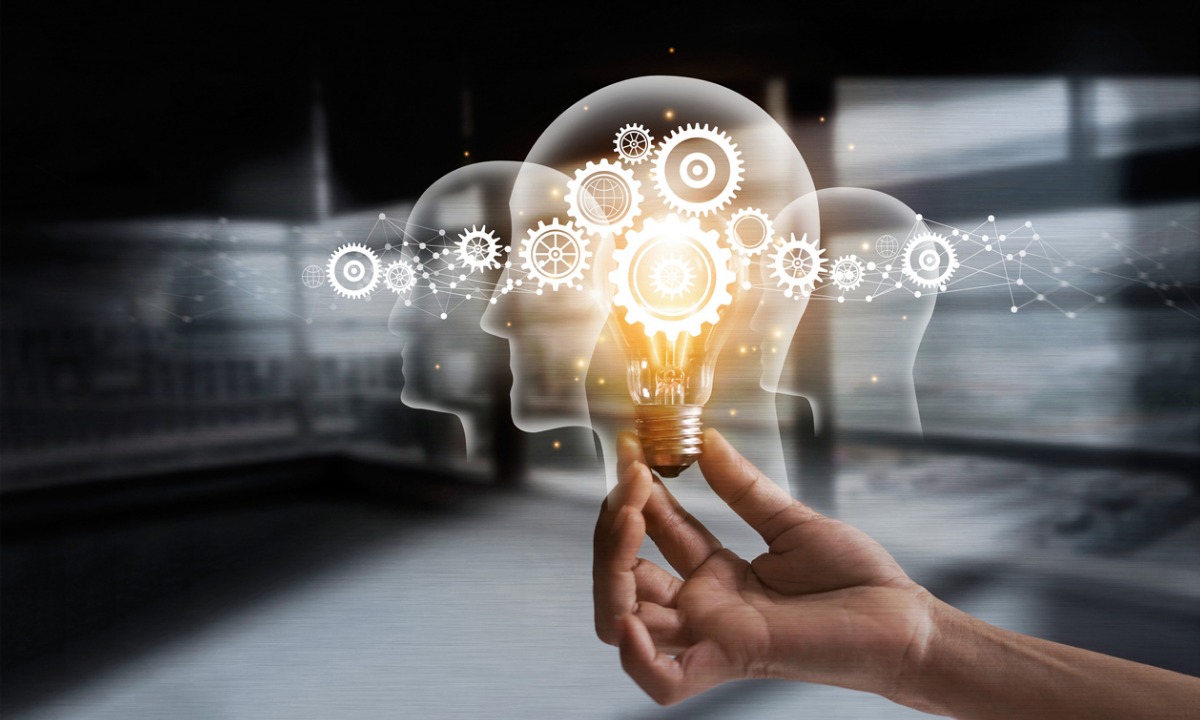With all the new technology that's taking the retail world by storm, shopping as we know it is about to go through some unbelievably major changes. And we're not referring to speculative tech that's ten years away. This tech is in stores now. And it's spreading like wildfire.
With new technology comes new consumer preferences and, subsequently, more new technology. As these innovations revolutionize the standard shopping experience, we’re in for a very different tomorrow.
Read on for a few examples of what retail shopping will look like very soon.
4 Examples of What Shopping Will Look like in the Future
- No More Shelves
Some stores have eliminated shelves completely. Starting with apparel and moving onto groceries, a Seattle store called Hointer has gone shelf-less and completely reinvented in-store shopping.
Rather than taking up time and floorspace stocking shelves full of items, Hointer has single items on display for customers to see. In-store shoppers then use a point-and-click method of shopping similar to online shopping. That is, they walk through the store to view items (that part's optional) and click their touchscreen to order them. Clothing items are sent directly to the dressing room, waiting to be tried on. Once they're finished shopping, shoppers place their order. Again, their items are ready and waiting for them. They then have the option to take the items to their car or have them shipped home.
This revolutionary system cuts the workload of a retail business in half. Normally, stores must unload items from a truck to the backroom, then from the backroom to the sales floor. Hointer stocks the backroom but only takes items out as needed.
There's no need for cramped aisles or pallets of product on the sales floor, ever. The amount of time this could save large stores is astronomical. No items on the sales floor also mean that shoplifting isn't even possible.
- On-Demand, 3D-Printed Items
Customizable items, like mugs and blankets, printed on demand, have been available at many retailers for a long time. But with the advent of 3D printing, this technology needn't be reserved only for the photo department.
Imagine a world where stores no longer need to purchase fragile items, like dishes, from a separate company and ship them overseas to stock in their backroom. What if these items were 3D printed right in the store's backroom?
Think of all the money that would be saved! And that's not just for stores, but consumers as well.
Further, in the future, consumers may find their own personal 3D printers at affordable prices. These, like the ink printers of today, would come from companies who stand to gain the most money from selling refill materials.
- VR Becomes the New Online Shopping Platform
Virtual Reality offers an entirely new platform for online consumers to buy products through. This tech could easily be incorporated into today's online shopping outlets. It automatically solves many issues that commonly prevent online shoppers from making a purchase.
First of all, there's a big difference between seeing an image on your screen and seeing an actual display on the storeroom floor. The display gives you a clear idea of the shape, size, and look of the item. And it gives you a better idea of how it may look in your home.
VR shopping bridges the gap between image and reality, and then some. With VR, customers won't just see the items from the comfort of home, they'll see how they fit and look in actual rooms of their house.
In fact, Chinese online retailer Alibaba has already begun incorporating VR into their online shopping experience. Customers walk virtual aisles of virtual stores, handling 3D models of items for purchase. They get the brick-and-mortar experience without burning gas.
And who says they have to walk those aisles alone? With multiple VR headsets and the addition of a simple connectivity feature, we could shop in "multiplayer mode." Windowshop a virtual mall side-by-side with your family in your own living room.
- VR-Enhanced In-Store Shopping
Virtual Reality offers a plethora of applications to the in-store shopping experience, too. For one thing, it lets customers see the dimensions of a life-sized, 3D model of products minus the costs of assembly time and floor space.
IKEA is already using this technology in-store to let customers see several entire collections in one virtual room. Some stores, like Rebecca Minkoff, incorporate VR into dressing room mirrors. Customers can see how they look in several different outfits in seconds, without undressing.
The Future of Shopping Is Bright
Want to dive a little deeper? Download our white paper here where we share more details on how virtual reality and artificial intelligence will dramatically transform the shopping experience in the near future.
At MGA, we are constantly looking toward the future. Evolving technology will soon change every aspect of our lives and already has to some extent. We expect to see the features mentioned above become commonplace in the future of shopping.
If you’re looking for a business partner who can keep up with tech trends affecting the service industry, you’ve come to the right place. Wherever your company falls within the service industry spectrum, we can provide you with innovative approaches to financial planning and business strategy.
We love bringing simple solutions to your complex problems.
.png?width=191&name=mgalogofinal-01%20(3).png)


.png)

